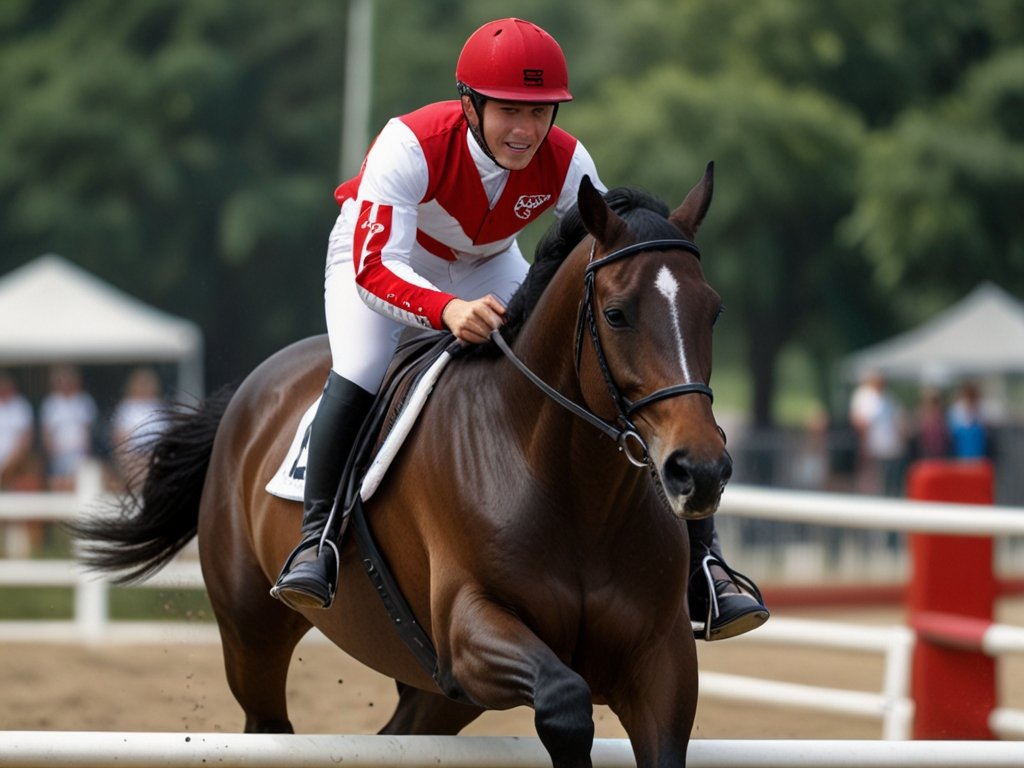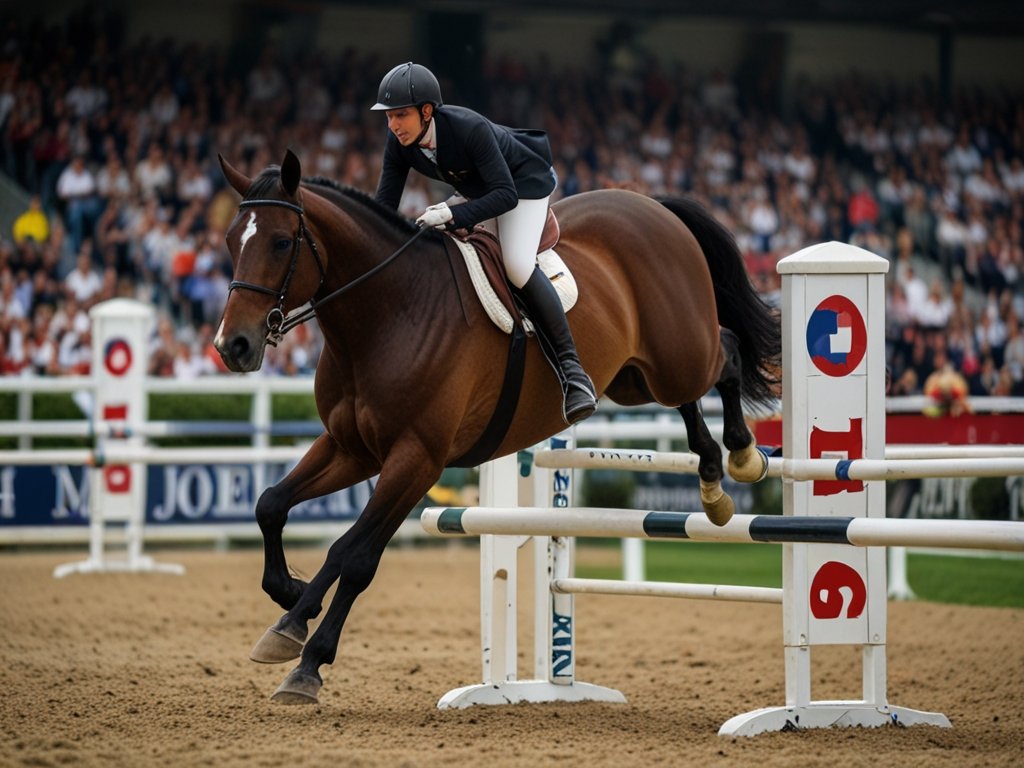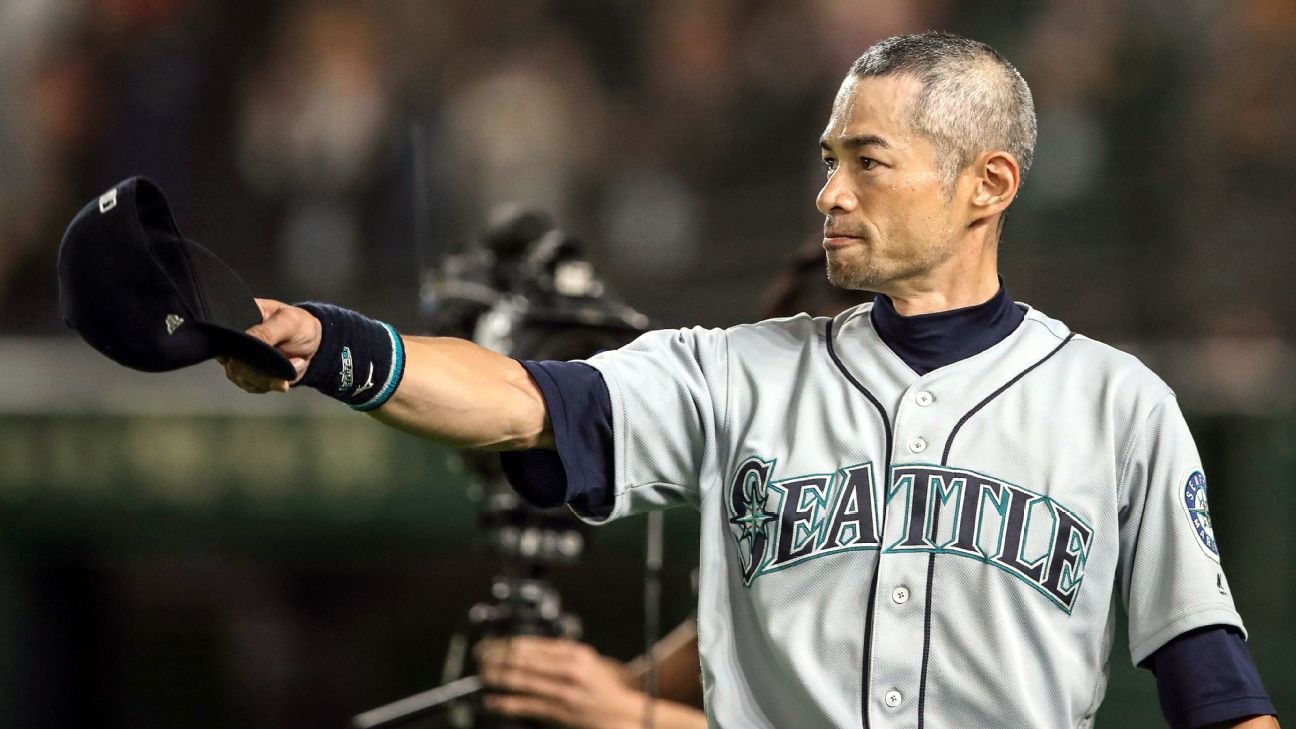Equestrian sport is a one-of-a-kind discipline that combines the skill, athleticism, and partnership of horse and rider. Governed on an international level by the Fédération Équestre Internationale (FEI), equestrian sport has deep historical roots that date back to ancient Greece in 680 BC when chariot racing made its mark. Over time, it evolved through cavalry riding to become the organized and refined sport enjoyed today. From dressage’s elegant movements to show jumping’s daring leaps and eventing’s multifaceted challenges, equestrian disciplines highlight the extraordinary connection between horse and human.
This guide provides an in-depth exploration of equestrian sport, detailing its evolution, the Olympic disciplines, additional events, the horse-rider dynamic, and how enthusiasts can get involved.
A Brief History of Equestrian Sport
Equestrian sport has a fascinating history that connects ancient traditions with modern athleticism. Starting with Greek chariot racing and evolving through medieval competitions of jousting and cavalry training, equestrian competitions evolved to encompass tests of athleticism and artistry. The FEI, formed in 1921, ensures these traditions adhere to globally recognized standards. Today, equestrian sport is celebrated worldwide, blending history with contemporary technology.
Overview of Olympic Disciplines
Dressage
Often referred to as “horse ballet,” dressage showcases the horse’s ability to perform highly controlled movements with precision and grace. Movements such as piaffe, passage, and pirouette are evaluated based on rhythm, balance, and harmony between horse and rider. Riders like Charlotte Dujardin and her partner Valegro have captivated audiences with their artistry at the highest competition levels.
Show Jumping
Show jumping is a fast-paced discipline where horse and rider compete over a course of obstacles, leaping heights that can exceed six feet. Designed with tight turns and challenging combinations, show jumping courses test agility and speed. Penalties, commonly referred to as “faults,” arise from knocking down poles, refusals, or exceeding the time limit.
Eventing
Eventing combines three disciplines in a single competition: dressage, cross-country, and show jumping. It’s often compared to a triathlon for horses. Cross-country includes obstacles such as ditches, water jumps, and banks, while show jumping must be completed without added faults. Riders like Michael Jung exemplify the brilliance required to master every phase.
Other Popular Equestrian Disciplines
Driving
Driving involves a horse or team of horses pulling a carriage through obstacle courses or endurance challenges. Competitions range from elegant precision driving to fast-paced marathon courses. Commonly seen breeds include Friesians, Hackneys, and Welsh Ponies, prized for their courage and stamina.
Endurance
Endurance riding tests horse and rider over vast distances, usually 50 to 100 miles, requiring meticulous care and strategy. Pulse and recovery checks are mandatory between phases to ensure horse welfare.
Reining
Rooted in Western cowboy traditions, reining displays the horse’s ability to execute intricate maneuvers like spins, sliding stops, and rollbacks. Judging emphasizes precision and control, with American Quarter Horses being a favorite breed.
Vaulting
Vaulting combines gymnastics and dance performed on a moving horse. Athletes compete individually, in pairs, or as part of a team. Moves like the flag, scissors, and stand require strength, balance, and teamwork.
The Horse-Rider Partnership
At the heart of equestrian sport is the bond between horse and rider. This connection is built through trust, consistent training, and effective communication. Understanding a horse’s behavior and psychology plays a vital role in creating harmony. Ethical care, attention to welfare, and proper nutrition ensure horses are happy, healthy, and able to perform their best. The sport exemplifies mutual respect and balance.
Getting Started in Equestrian Sport

For those wishing to explore equestrian sport, finding a good riding school is the first step. Lessons cater to all levels, from beginner to advanced, focusing on riding basics, grooming, and horse care. Costs include lessons, gear, and, eventually, horse ownership for those seriously committed. Many schools also offer leasing options as an intermediary step.
The Future of Equestrian Sport
Equestrian sport is continuously evolving with new technologies and practices. Innovations such as sensor-equipped saddles and advanced fitness trackers monitor horse health and improve training strategies. Additionally, sustainability efforts within the sport focus on reducing the environmental impact of events and facilities.
Another critical movement is increasing inclusivity. Programs designed for differently-abled riders and community outreach aim to make equestrian sport more accessible. These changes promise a bright and enduring future for the sport.
Why Equestrian Sport Captivates Fans
Whether it’s the elegance of dressage, the thrill of show jumping, or the adventure of endurance racing, equestrian sport celebrates physical and mental harmony between horse and rider. It stands apart as a discipline where both participants rely entirely on each other to succeed.
Conclusion
Equestrian sport is a timeless and unique discipline that highlights the deep connection between humans and horses. Its combination of athleticism, grace, and mutual trust continues to captivate fans and participants alike. As efforts to promote inclusivity and accessibility grow, the sport is poised to welcome a broader audience, ensuring its legacy for future generations. Whether as a competitor or a spectator, equestrian sport offers an inspiring celebration of partnership and perseverance.
YOU MAY ALSO LIKE
Equestrian Paralympics 2024 2024
FAQs
What is the most popular equestrian discipline?
The most popular equestrian disciplines are show jumping, dressage, and eventing, thanks to their inclusion in the Olympics. Each attracts international athletes and large fan bases.
How can I get started in equestrian sport?
Starting with lessons at a certified riding school is the best way to begin. Leasing or eventually purchasing a horse may follow as you gain experience.
What breeds are commonly used in equestrian sport?
Breeds like Thoroughbreds, Warmbloods, Andalusians, and Quarter Horses are frequently seen across various equestrian disciplines.
How does dressage differ from other disciplines?
Dressage focuses on harmony and precision in performing controlled movements, often described as “horse ballet,” which contrasts with the fast pace of show jumping or eventing.
How does equestrian sport ensure horse welfare?
Equestrian sport follows strict guidelines on horse welfare enforced by governing bodies like the FEI. Veterinary checks, ethical training practices, and proper care are vital requirements.











